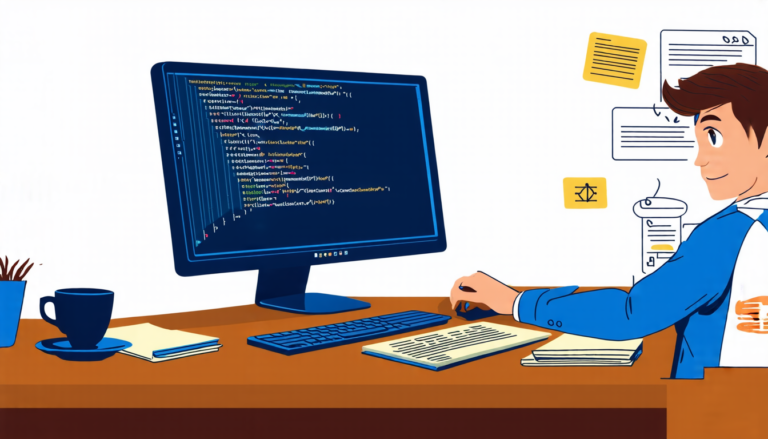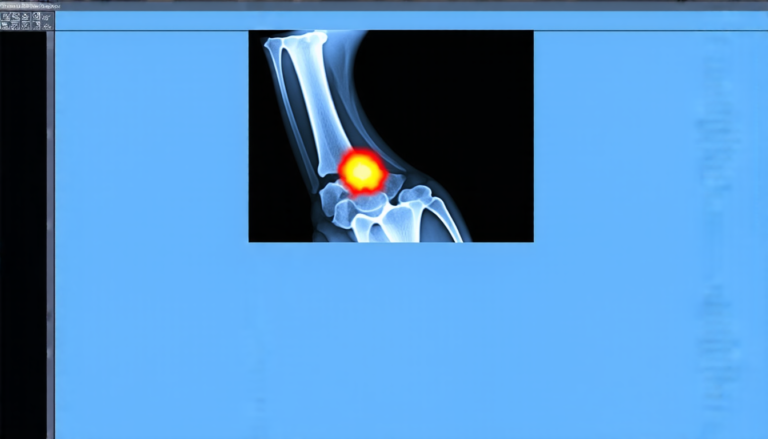Sunday 07 September 2025
Researchers have made a significant breakthrough in understanding how computers can effectively process and combine different types of data, such as images and text, to improve recommendation systems. The study, published recently in a leading scientific journal, sheds new light on the importance of multimodal content in enhancing user experiences.
Recommendation systems are ubiquitous in modern life, from online shopping platforms to social media feeds. These systems use complex algorithms to analyze users’ behavior, preferences, and interactions with different types of content to suggest relevant items or services. However, these systems often struggle when faced with diverse forms of data, such as images, videos, text, and audio.
The researchers addressed this challenge by developing a new approach that leverages large vision-language models (LVLMs) to generate multimodal item embeddings. These embeddings are designed to capture the semantic relationships between different types of content, enabling computers to better understand their meanings and contexts.
To achieve this, the team used structured prompts to instruct LVLMs to generate embeddings that are semantically aligned across modalities. This approach allows computers to recognize patterns and connections between images, text, and other forms of data, leading to more accurate and personalized recommendations.
The researchers tested their approach on various datasets, including images and text related to movies, music, and products. The results showed significant improvements in recommendation performance, with the multimodal embeddings outperforming traditional methods that rely solely on individual modalities.
The findings have important implications for industries that rely heavily on recommendation systems, such as e-commerce, entertainment, and social media. By incorporating multimodal content into their algorithms, these companies can improve user engagement, increase conversions, and enhance overall customer satisfaction.
Moreover, the study’s results highlight the potential of LVLMs in various applications beyond recommendation systems. These models have the capacity to learn from vast amounts of data and generate meaningful representations that can be applied to a wide range of tasks, including natural language processing, computer vision, and more.
In the future, researchers plan to explore further ways to incorporate multimodal content into recommendation systems, as well as investigate the potential applications of LVLMs in other areas of artificial intelligence. As we continue to rely increasingly on AI-powered technologies, understanding how computers can effectively process and combine different types of data will be crucial for developing more intelligent and user-friendly systems.
Cite this article: “Multimodal Data Processing Breakthrough Enhances Recommendation Systems”, The Science Archive, 2025.
Artificial Intelligence, Recommendation Systems, Multimodal Content, Computer Vision, Natural Language Processing, Large Vision-Language Models, Lvlms, Structured Prompts, Semantic Alignment, Personalized Recommendations.







